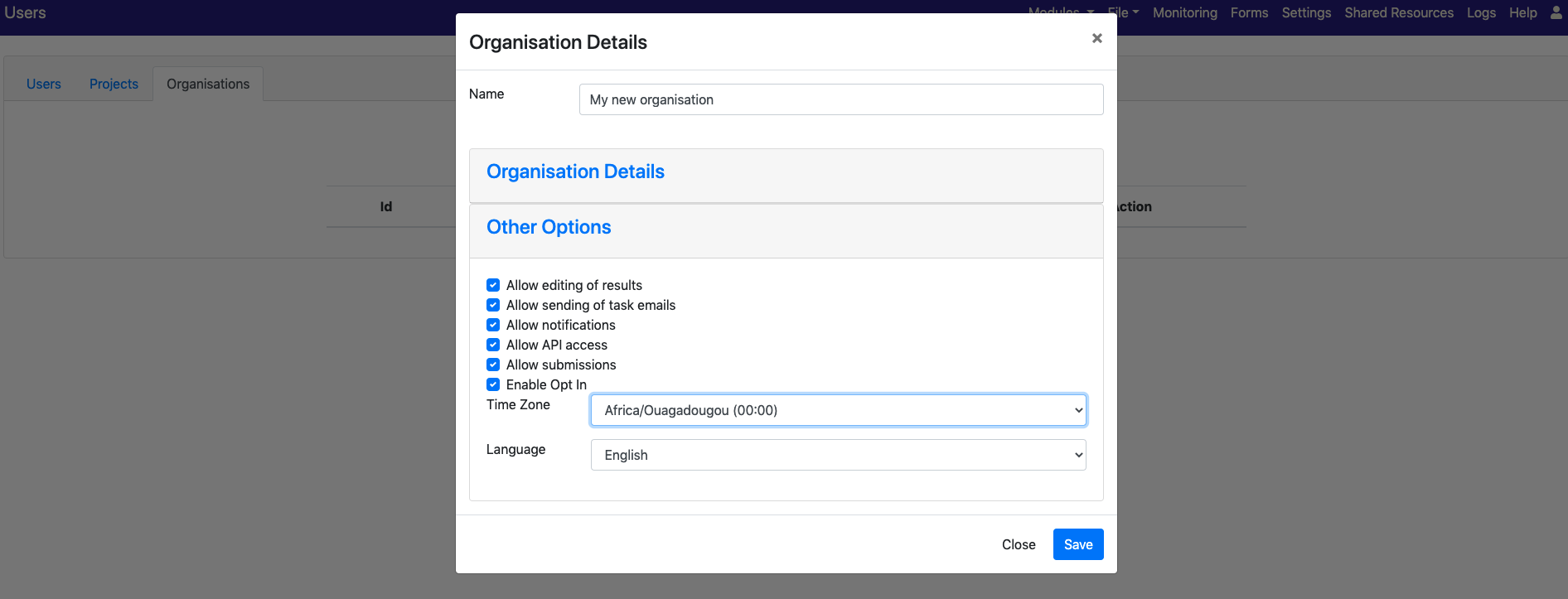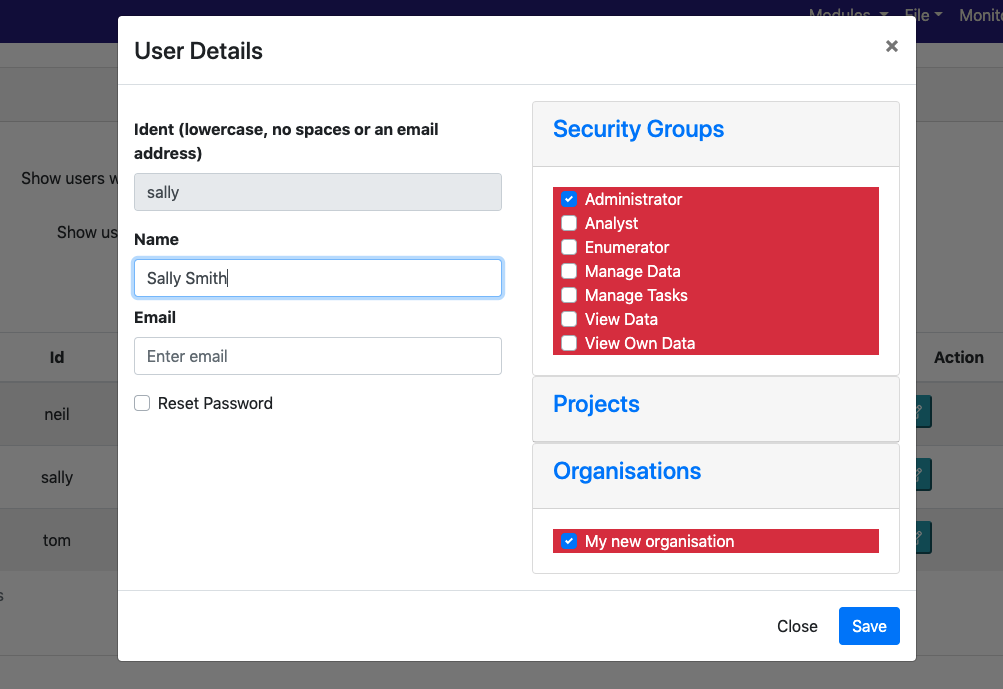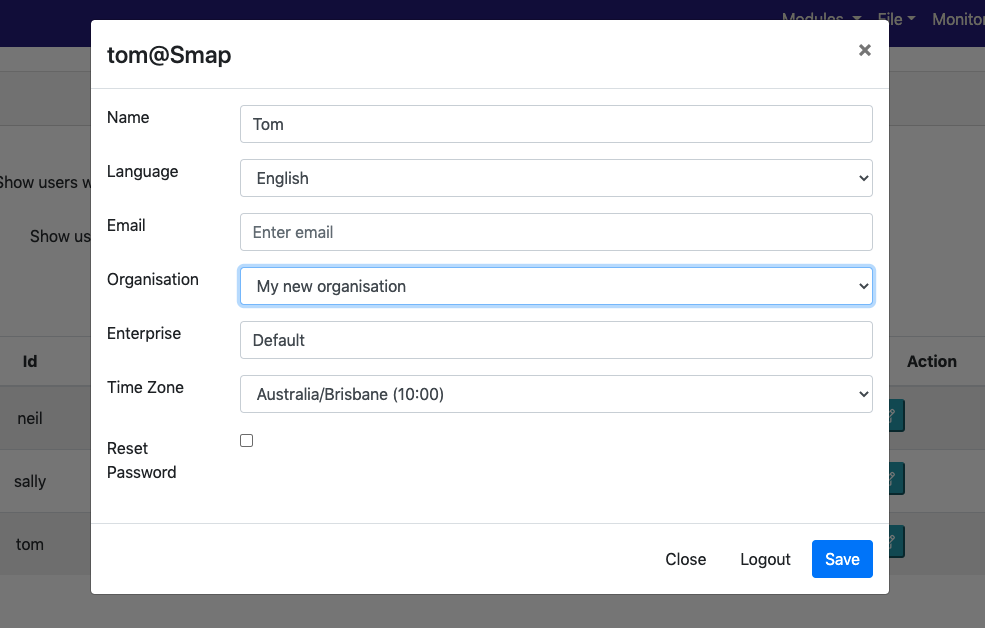New Features
Making Web Forms a Web App
You can now install Web Forms as an application on to your iPhone, iPad, Android device or laptop as an application. This allows you to easily use all of the surveys that you have access to whether your are online or offline. If you have an internet connection opening a webform will get the survey from the network. (Although it may still be cached by your browser so its worth pressing the browser refresh button). Else, if you are offline, the last downloaded version of the survey will be downloaded.
Laptop
If you are using a laptop then this should work well with Chrome. Use Chrome to logon to your server and select Web Forms. An option to install the web app should appear in the browser bar as shown below.

Notes
- We are still working on automatically downloading surveys that are present on the webforms page. For the moment you should make sure that you open the survey in the webforms web app or in your browser before going offline.
- Even when auto pre-downloading of surveys is available, this downloading will not include images. Hence if you use these in your survey you definitely have to open the survey itself before going offline.
- Apple devices have to have iOS 13+ and you need to use Safari as your browser.
Personal Organisations
Organisations are one of the tools you can use to structure your surveys. Surveys are collected into projects and then projects are collected into organisations. Administrators can determine the enumerators or analysts that are given access to a project and the surveys it contains. But what if you want to have separate work areas where the administrators in one area cannot access and manage the second area? This is where organisations come in. A user with the “organisational administration” privilege can create organisations and give people access to them. Documentation on this existing feature is available here.
“Personal Organisations” now allow this feature to be used by administrators (that is an administrator who does not also have organisational administration privilege). An administrator who creates an organisation can control who has access to it. No other user can take it upon themselves to give themselves access with the exception of users who have the “organisational administration” privilege.
Creating a personal Organisations
As an administrator select the users menu in the admin module. Then click on the organisations tab. Click the “Add Organisation” button.

You need to give the organisation a name and if you like you can set some options for it. Normally though the default options are fine.
Note as an administrator you will only see your personal organisations on this tab. Someone with org admin privileges will see all organisations.
Giving other users access to your organisation
Click on the users tab and then edit the users you won’t to allow access to your organisation.

You will see a section labelled organisations. This will have a list of your organisations and you can add and remove access for other users as you wish.
Switching to another organisation
Users can change organisations by selecting their profile. (The icon at the top right of every page that looks like a person’s head and shoulders).

Click on the organisation drop down and select the one you want to be. Then press save. The page will refresh and you will find yourself in the new organisation.
Bulk import and Export of users
User roles are now included in an export of users to a spreadsheet. They are also included when importing users from a spreadsheet.
Bug Fixes
- Fixed issue with duplicate surveys being created when uploading a survey in XLSX format. This was caused by clicking multiple times on the upload button.
- Fix colour of menu button in webforms when run on a mobile phone. Previously, if the background colour of the header bar had been changed then the menu button might not be visible.
- Automatically return to the page you were trying to access after performing a logon
- Problem with display of “Rank” widget in web forms when the appearance “minimal” was included
- Add logging of changes to role settings to the application log

